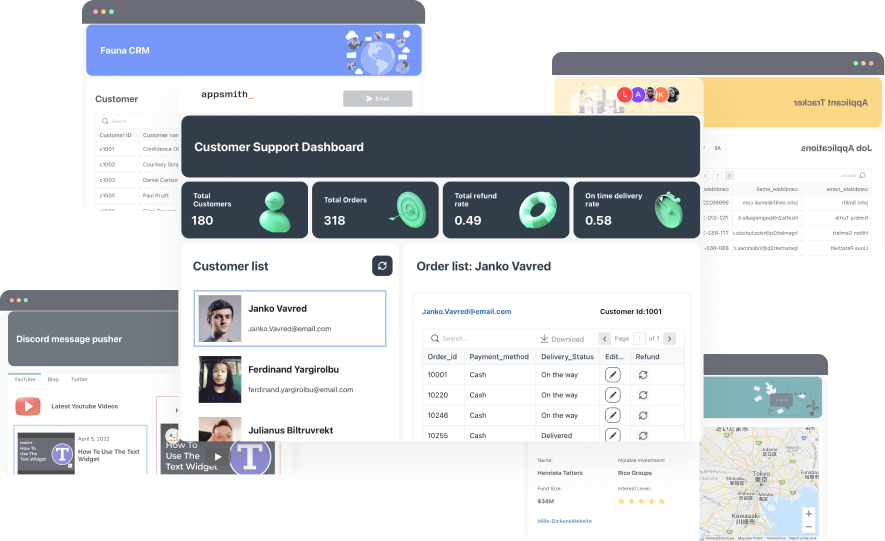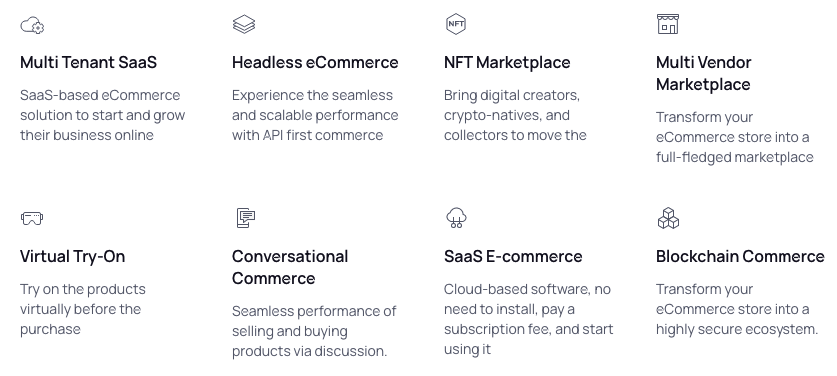Currently, I’m mentoring some students at K.J. Somaiya Institute of Engineering and IT in Sion, and several of the students were asking about startups, funding, and how to make it big. Their enthusiasm is infectious and it’s great to see students think beyond just graduating and working for a big company.
However, the student’s line of questioning made me realize there is yet another option that most others don’t talk about and that is free and open-source (FOSS) software. When people think of open-source software they usually think of free software that is maintained by 100s of volunteers who have nothing better else to do. That characterization can’t be further from the truth for some of the newer open-source projects. But, before we get to those projects let’s talk about one of the oldest and most profitable open-source projects – WordPress.
WordPress is a content management system (CMS) built using PHP which was started as an open-source project 19 years ago. Today, it powers over 42% of the Top 10 million websites and has a huge fan following. WordPress has 3 main product lines:
- The free and open-source version which you can download from wordpress.org
- The paid hosted version that you can use by visiting wordpress.com
- WordPress VIP, their industrial strength version which starts at $25,000 a year
WordPress.com and WordPress VIP are owned by Automattic and it’s rumored it did over $1 billion in revenue in 2021. Let that sink in for a bit and remind you that there is money in the free and open-source software space. Again, that is $1 billion in revenue and not Unicorn valuation bullshit. You might say, come on Manish they have been around for 19 years and it’s not possible today. Well, you are wrong, let me give you three examples of recent companies in the open-source space – one in California, one in Bangalore, and one in Varanasi.
Supabase is an open-source project based on PostgreSQL and is an alternative to Google’s Firebase. It has raised over $116 million in funding, yet anyone can use the software for free and never pay a dime. Of course, they raised such a large amount of funding because many customers don’t want the hassle of maintaining the software and servers and instead want Supabase to manage all of that.

Supabase launched in June of 2020 and since then has had over 40,000 stars on GitHub which means it’s one of the most frequently used open-source software projects on GitHub…which is a big accomplishment.
Appsmith which is based in Bangalore is a low-code platform for building internal admin panels and dashboards. It’s also completely free and open-source and yet has a revenue component for business plans. Appsmith recently raised $41 million to expand and grow the platform.

Lastly, Bagisto is an open-source eCommerce platform that has been around for 4 years. Bagisto has never taken institutional money and has grown to over 25 employees. It has achieved revenue of over $1M in 4 years and has close to 5,000 stars on GitHub. Overall, very impressive for being bootstrapped.

All of these examples show that you can build a community and monetize that audience with open-source software. However, I think the mindset of someone running an open-source company is very different from someone that thinks about monetization from day one. Open-source forces you to deliver a product that people absolutely need and also knowing that some of your users will never pay you for the product. That’s a tough pill to swallow but WordPress, Appsmith and Bagisto have shown it works and can be beneficial for many and also a profitable business.

